Over the years, I’ve had a regular request for one type of hands-on workshop I hadn’t been able to offer – sports photography. That’s changed, and I recently returned from teaching my first one. Here’s how that came about, and how it worked.
I’ve done photography for the country’s largest disabled sports organization, Move United, for 15 years now. In that role I’ve shot about every sport imaginable and been to the summit of Mount Kilimanjaro, the ski slopes of Colorado (for ten years), a Ski to Sea race in Washington state and a water sports festival in NYC, to name just a few. In the last few years one of the things I’ve been doing is helping them with photos from a week-long summer sports festival, the Hartford Nationals. And last year I realized, “Hey, this would be a perfect venue for a sports photography workshop.”
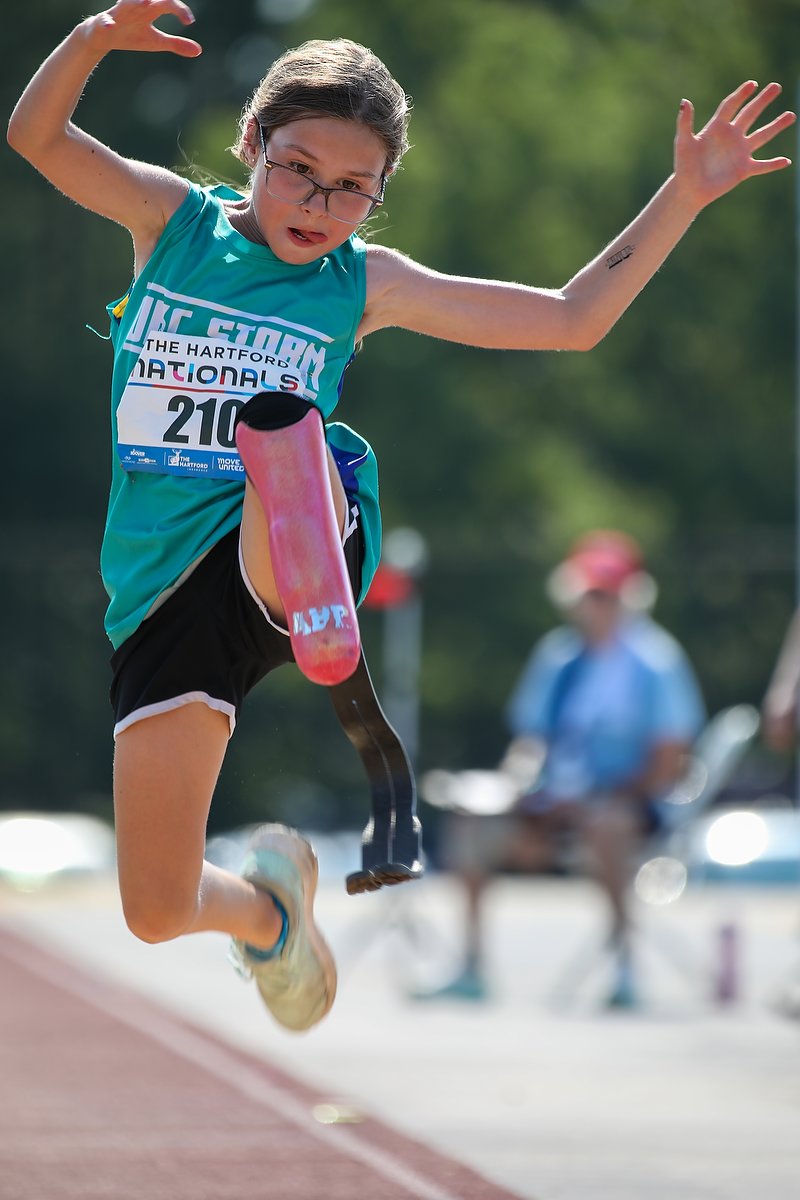
A youth participant takes off in the long jump competition during the 2024 Hartford Nationals. Photo by Michael A. Bonnett Jr.
After I received the organization’s permission, I started working on the details. First, it would have to be small. I didn’t want the workshop to keep me from fulfilling the organization’s needs from me. On the other hand, I also wanted it to be worthwhile for the attendees. What I settled on was limiting the workshop to three participants. One would be with me for my morning assignment(s), another for the afternoon. The other two would cover secondary assignments from Move United, or “float,” shooting the sports that most interested them. This year, like last, the event was taking place in Birmingham, AL (actually, mostly the nearby community of Hoover).
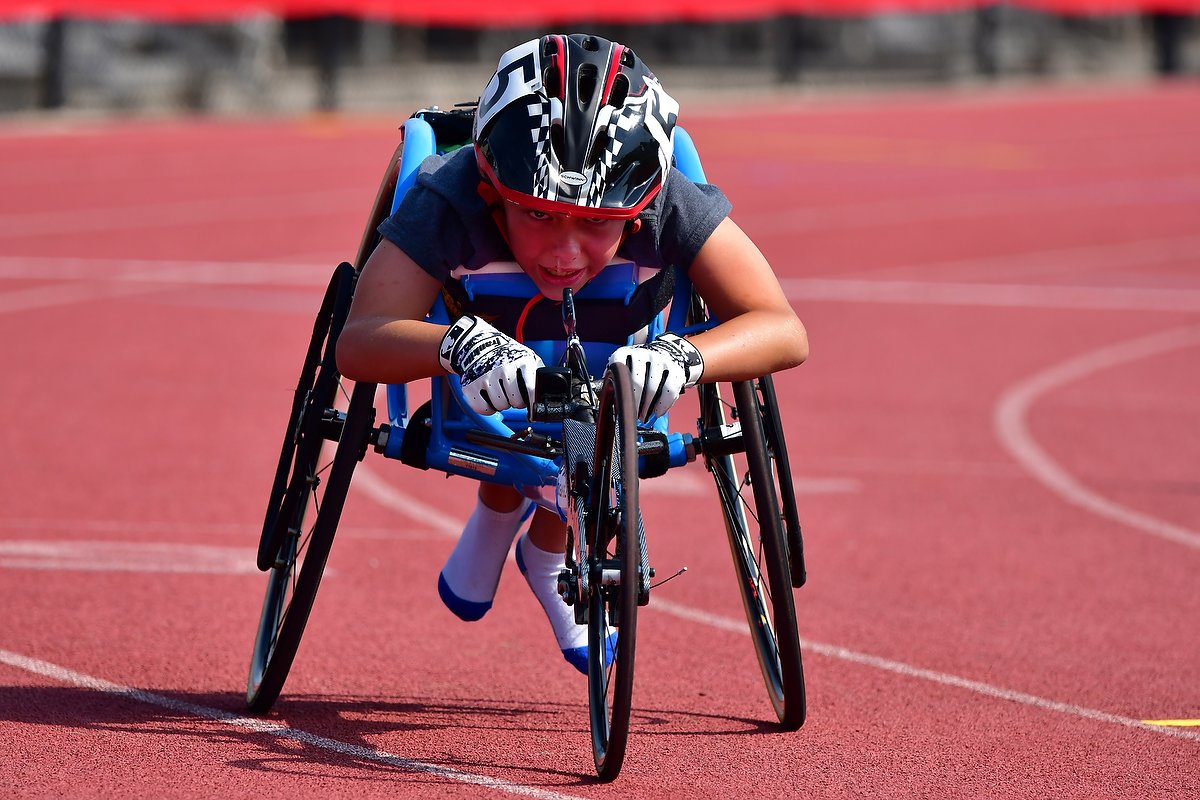
One of the long distance track events at the 2024 Hartford Nationals. Photo by Chip Broadwell.
To get started, the four of us met over Zoom a few weeks beforehand so I could explain what happens over the course of the week, show them the types of photos we’re expected to make and talk about suggested exposure and autofocus options. Once there, the three students joined me that first evening for any additional questions, and to discuss who’s going to do what. During the week we met as a group one more evening where I gave a sports workflow demo and checked in with how everyone was doing. Each day I gave them a one-word assignment, something to particularly focus on during that day’s shoots (like “tight,” to think about framing more tightly). I also touched base with everyone each day, either as they were with me on an assignment, crossing paths, or though texts or phone calls, to discuss any problems and possible solutions. Once everyone returned home, each person submitted up to 30 photos/day to me (from six days of shooting), which I then responded with a general critique before passing the photos along to Move United.
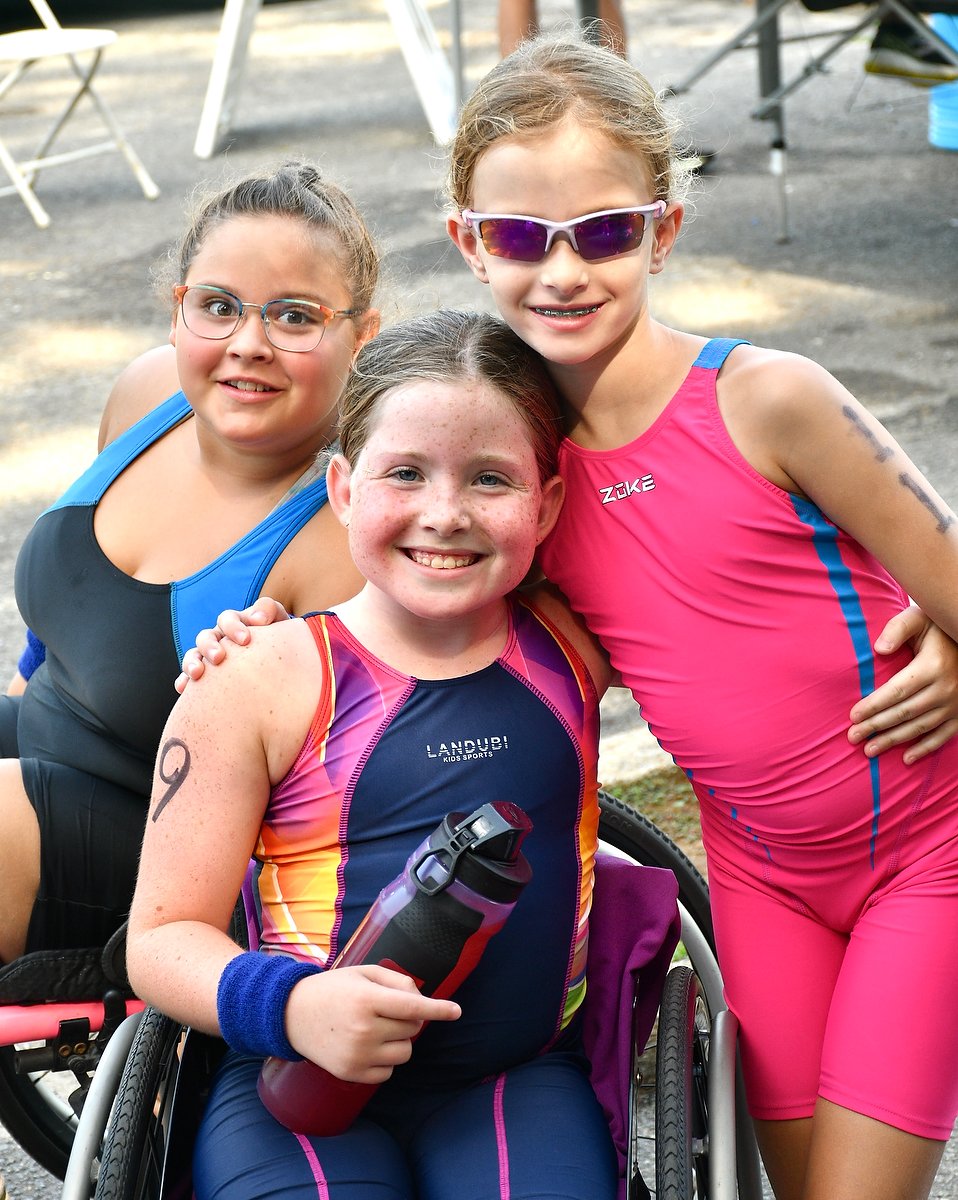
A happy group of competitors at the 2024 Hartford Nationals. While action photos are great, Move United puts a high priority on pictures showing camaraderie and the athletes having fun. Photo by Bill Etzel.
How’d it go? Really well. The feedback from the three students was very positive, as they enjoyed spending six straight days photographing different types of sports in different light. And Move United was happy, as they received more photos than they would have gotten just from me, to both share with the athletes and use to promote future events. It was truly a win, win, win.
Next year the event moves to Grand Rapids, MI (where hopefully we’ll have cooler, less humid weather!). And if there’s enough interest, I’ll run the workshop again, once more with three students. If you’re interested in taking part, let me know. Meanwhile, here are some more of the photos made by my students (if you want to see some of mine, check out my Instagram):
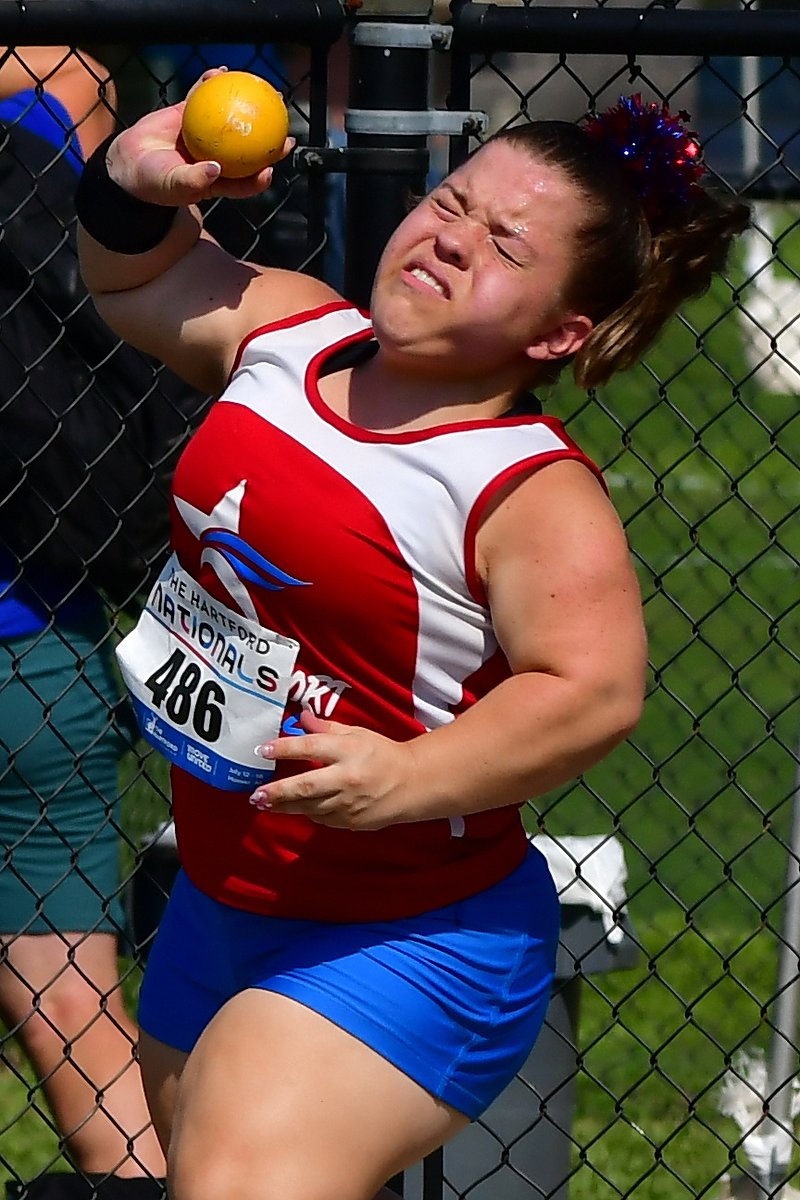
Shot put was just one of many field events at the 2024 Hartford Nationals. Photo by Chip Broadwell.
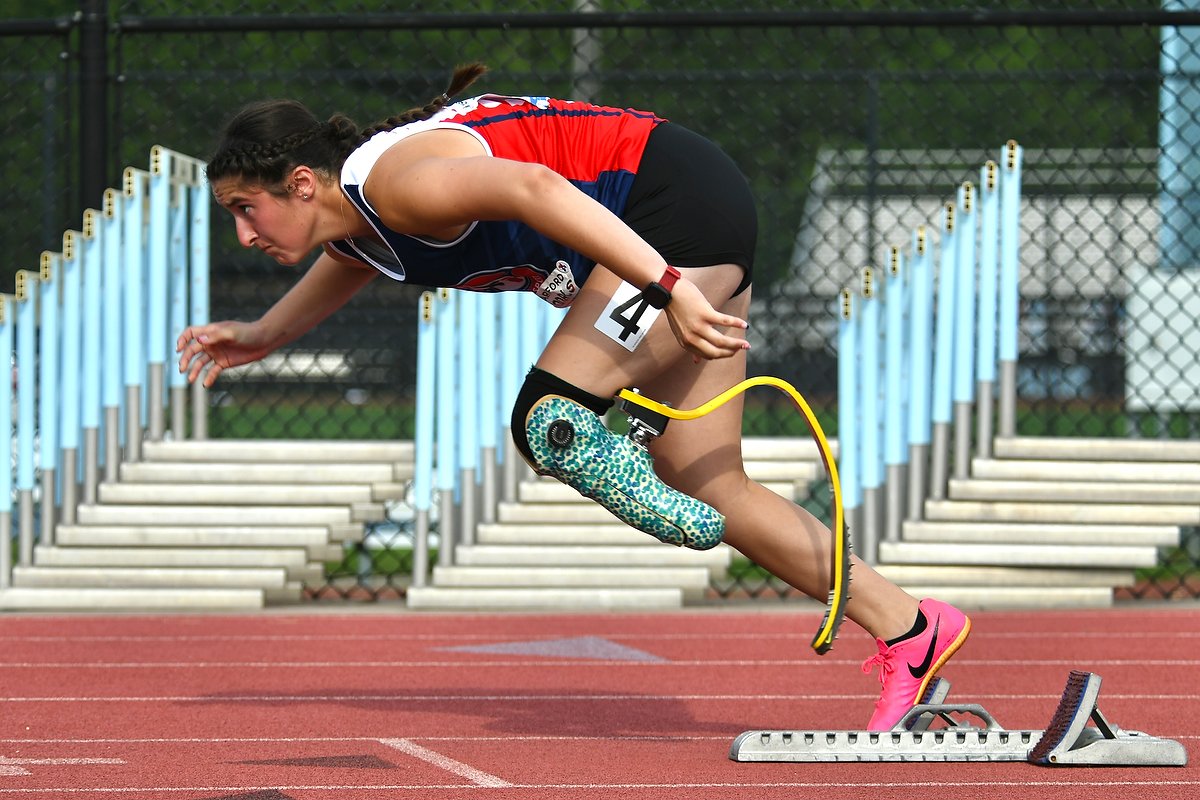
An athlete flies off the starting blocks during a sprint race during one of the track days. Photo by Bill Etzel
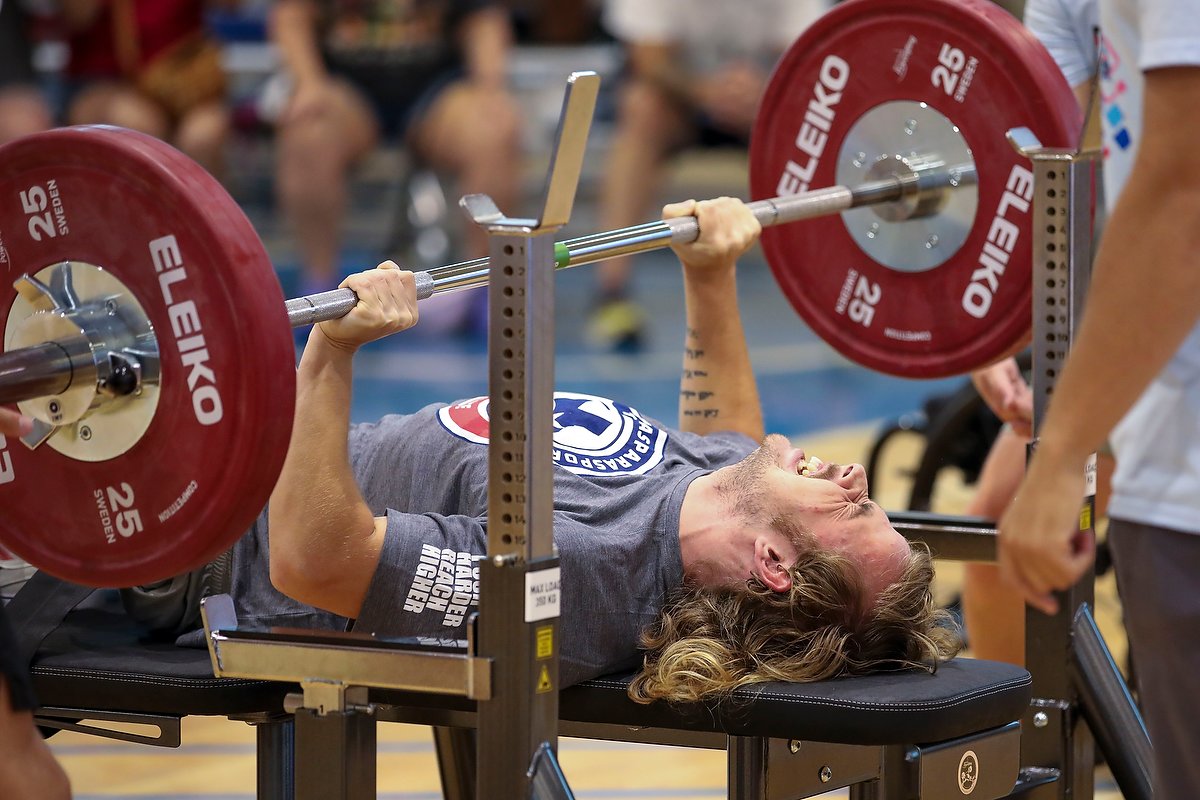
While lots of youth compete, there are different age categories, from youth through adult, in all the competitions. Photo by Michael A. Bonnett Jr.
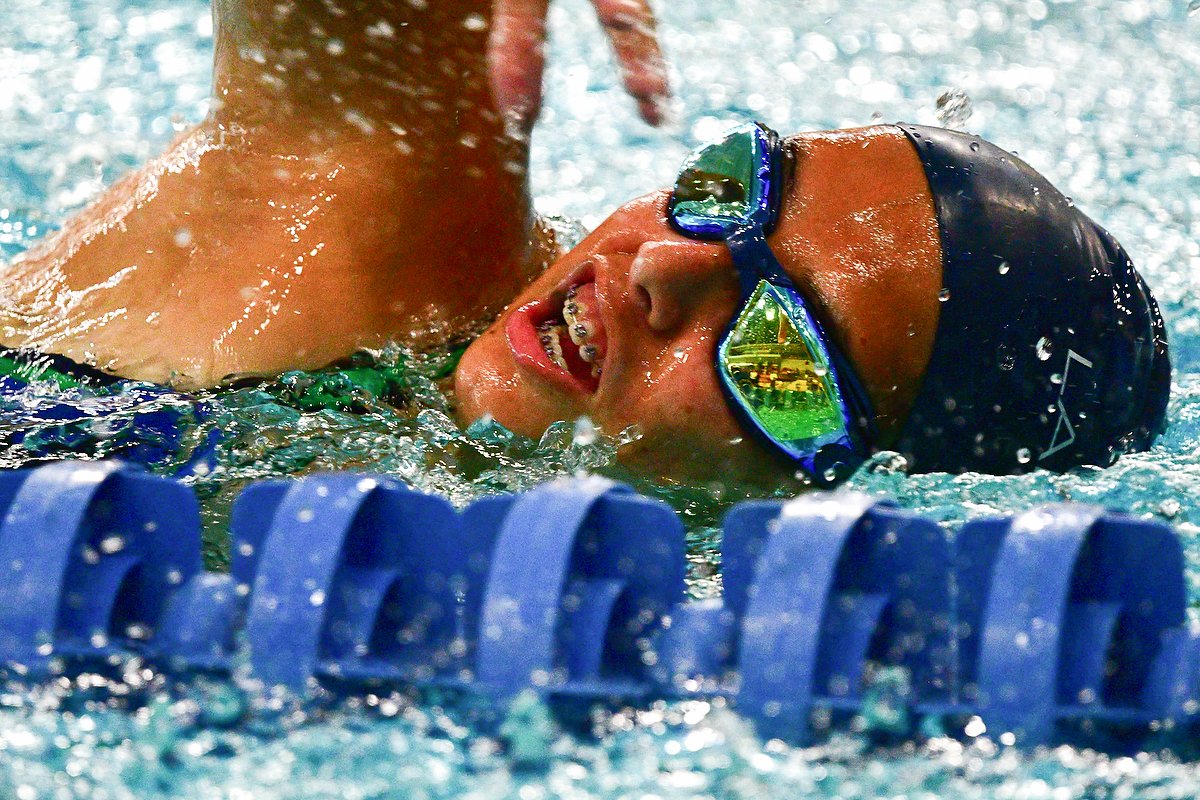
Swimming encompasses everything from short sprints to long distances to relays. Photo by Chip Broadwell.
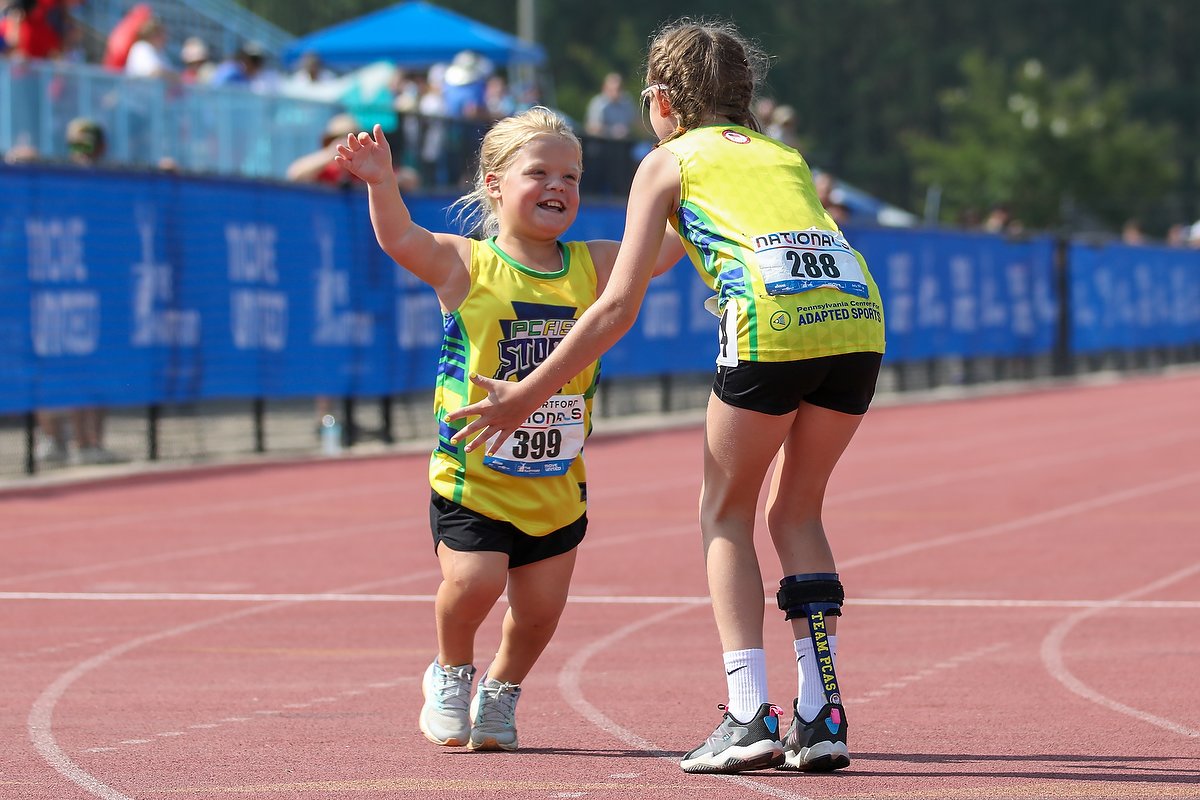
Again, the event, and so the photos, have to be about more than just the action. Photo by Michael A. Bonnett Jr.
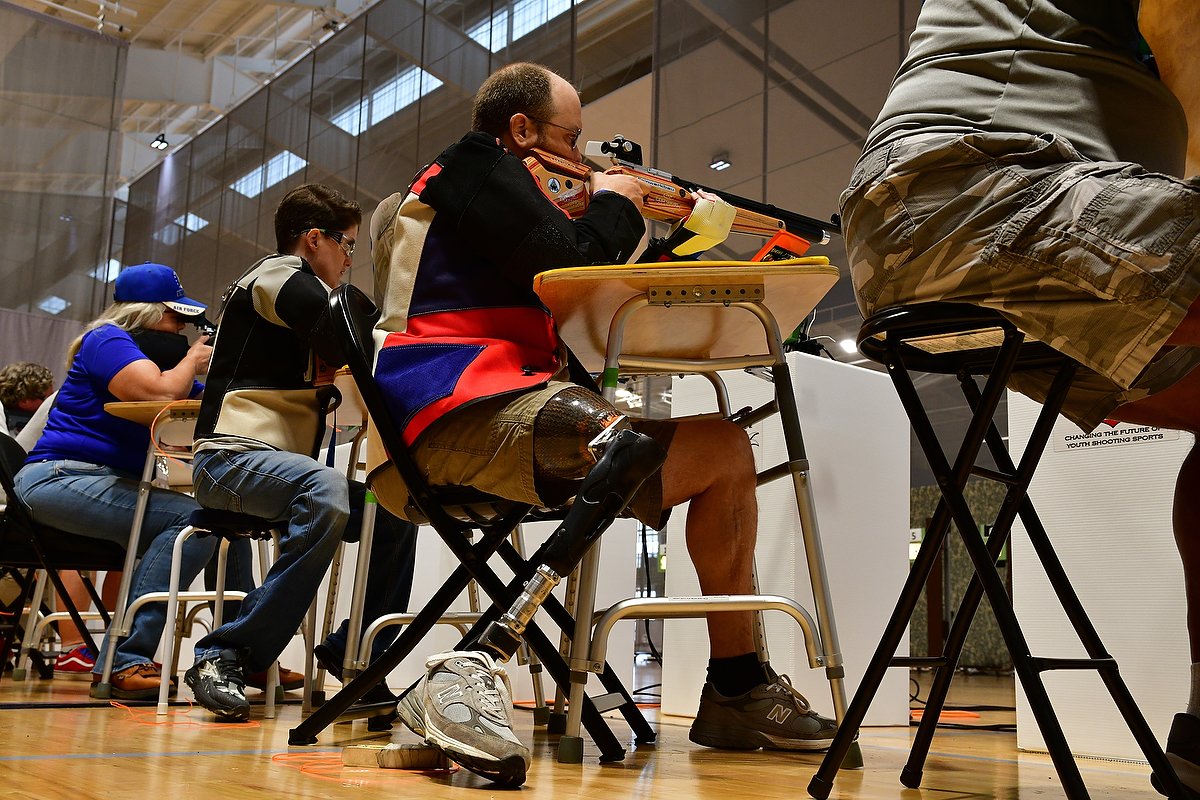
The competitors aren’t defined by their disabilities, but it’s sometimes important to show them. Photo by Chip Broadwell.
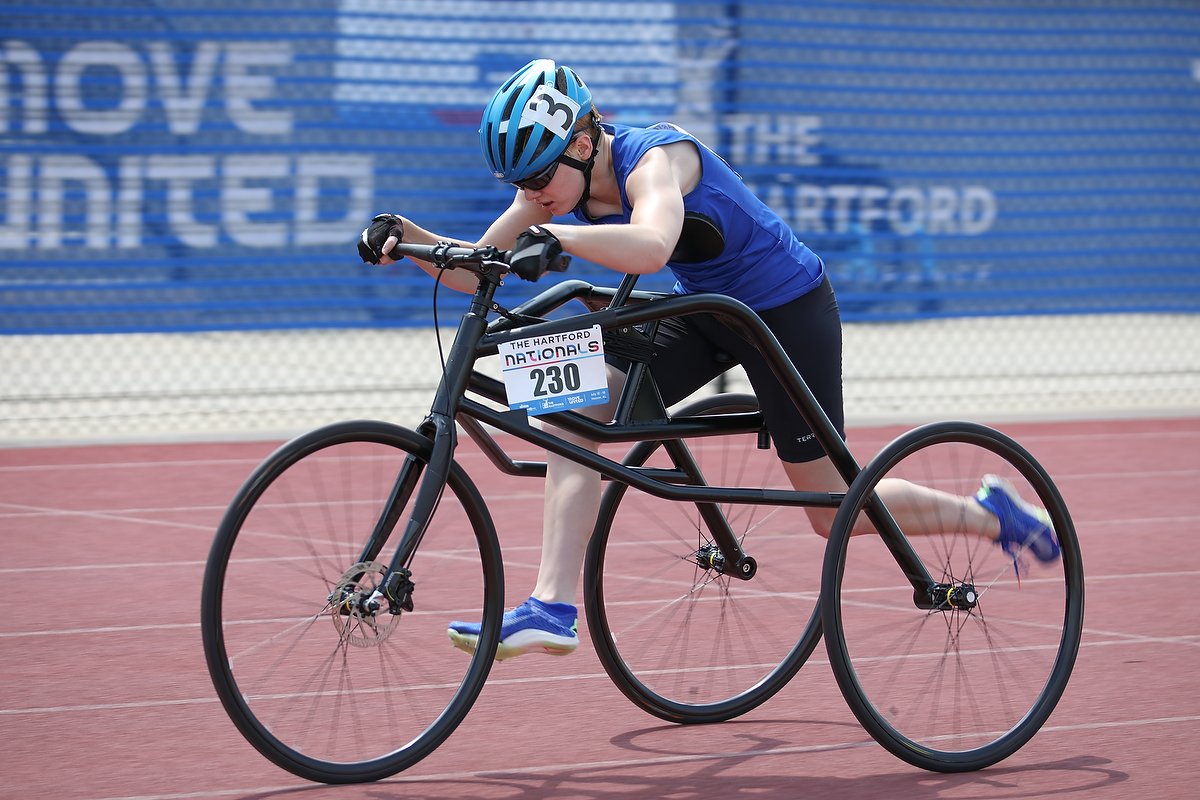
Signage is important too, so we try to make sure we’re able to incorporate that into some of the pictures. Photo by Michael A. Bonnett Jr.
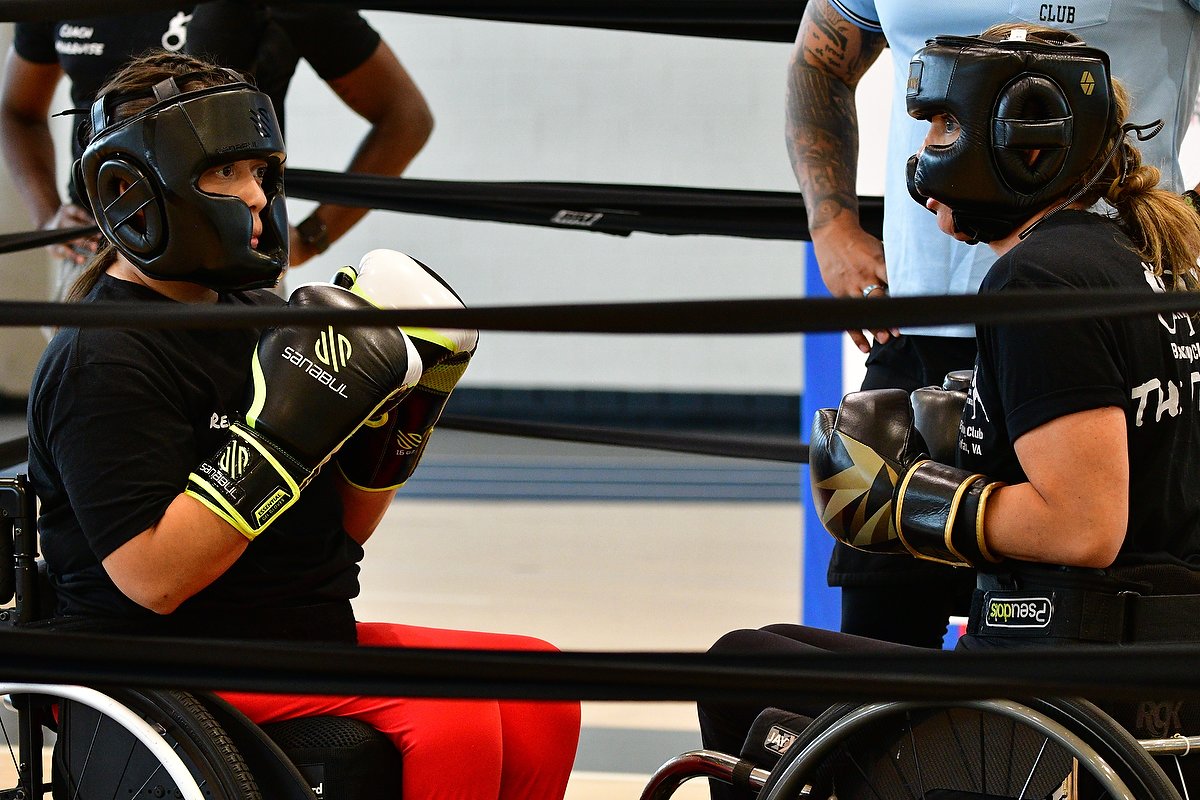
Boxing was a new sport being introduced, so clinics were held on it. In the future it will be one of the competitions. Photo by Chip Broadwell.
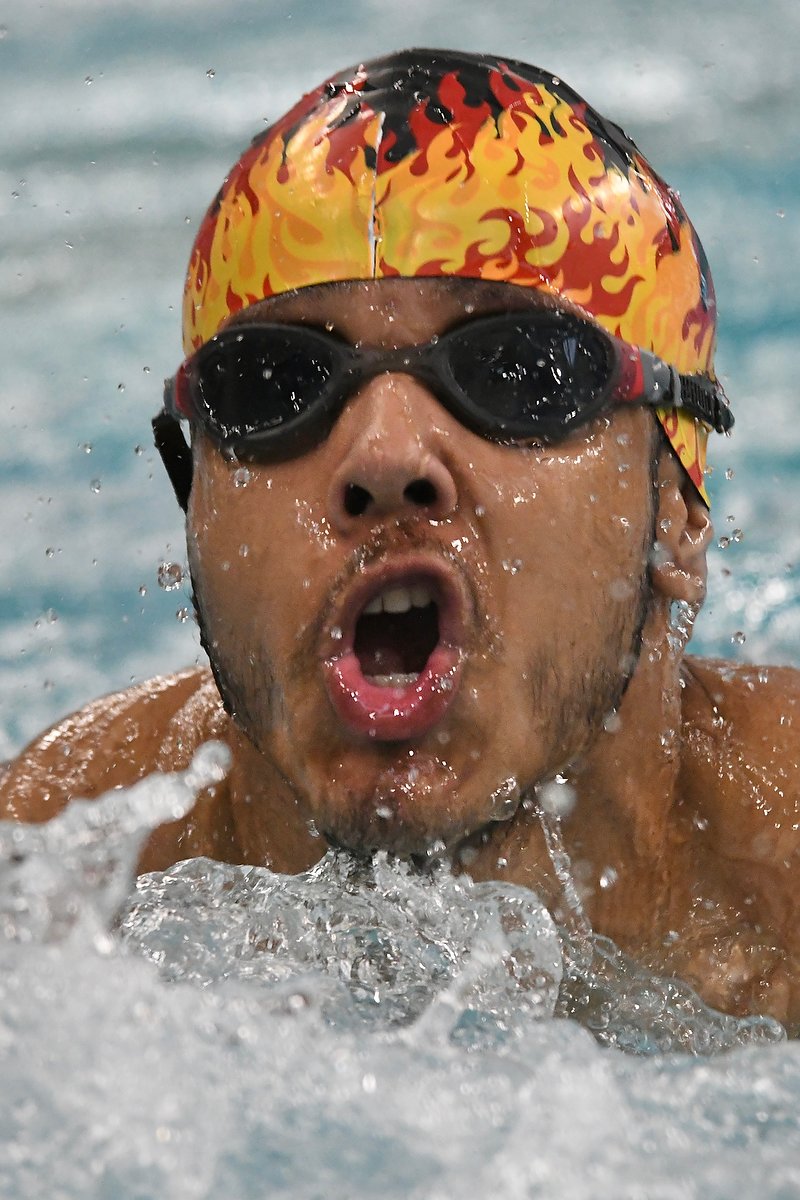
Swimming is a notoriously difficult sport to photograph, so having many races spread over two days gave my group plenty of opportunities to work on it. Photo by Bill Etzel.
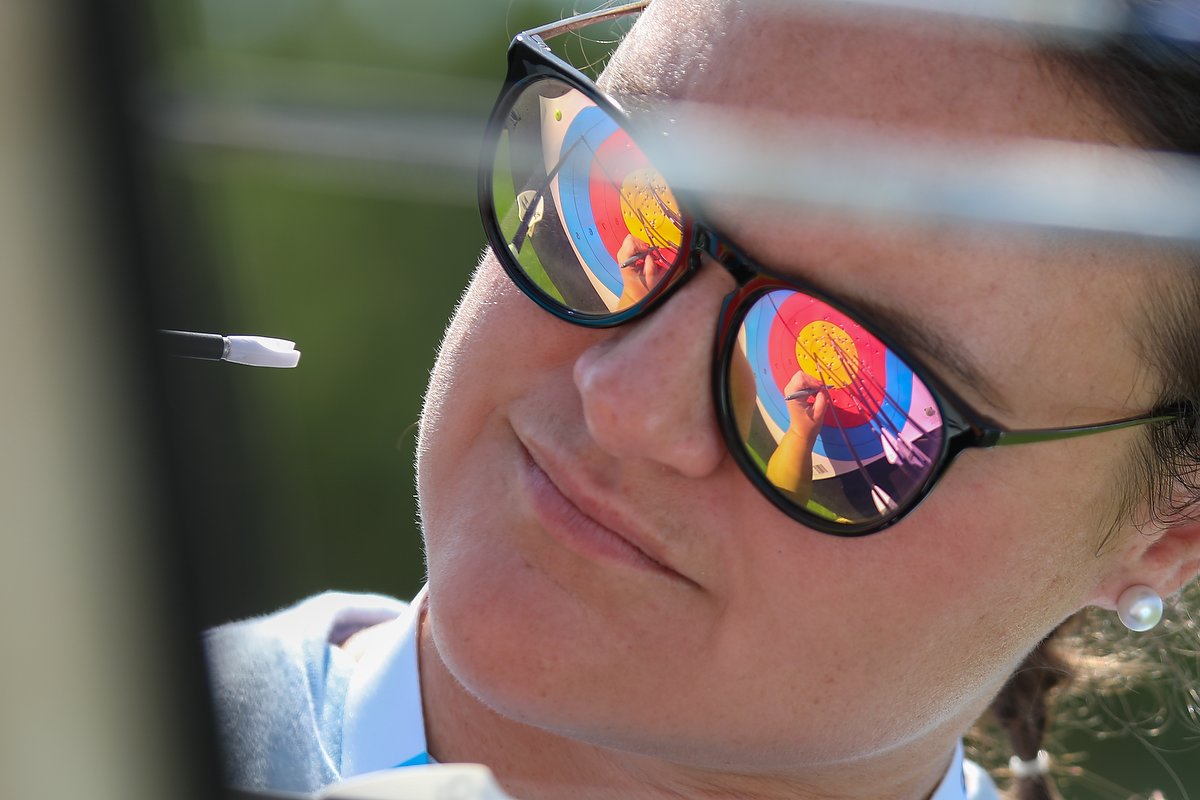
As with most types of photography, variety is important. No bow and arrow in this picture, but it’s clearly about archery. Photo by Michael A. Bonnett Jr.
(If you like this story, please share it with your friends and let them know about the links on photography that I post on my business Facebook page. You can also find my photos on Instagram. And if you’re curious about the workshops I teach, you can find them here. Finally, you can subscribe to this blog on my home page.)

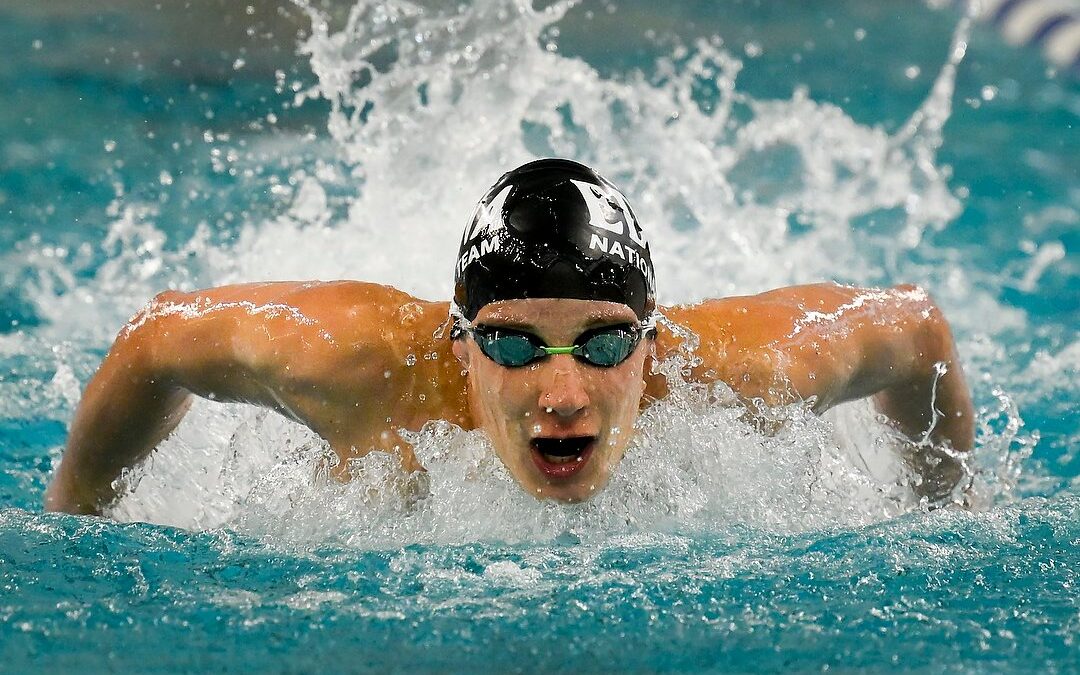
Reed, Bill, Chip and Michael.
Great images! Wonderful to meet and shoot with each of you.
Best of luck and I hope to see you again.
Thanks Kevin, hope our paths cross again in the future.
Reed, great story & great images for a great cause! Norm
Incredible. Best of people. Best of story telling. Best of heartwarming. Best of nothing stops me.